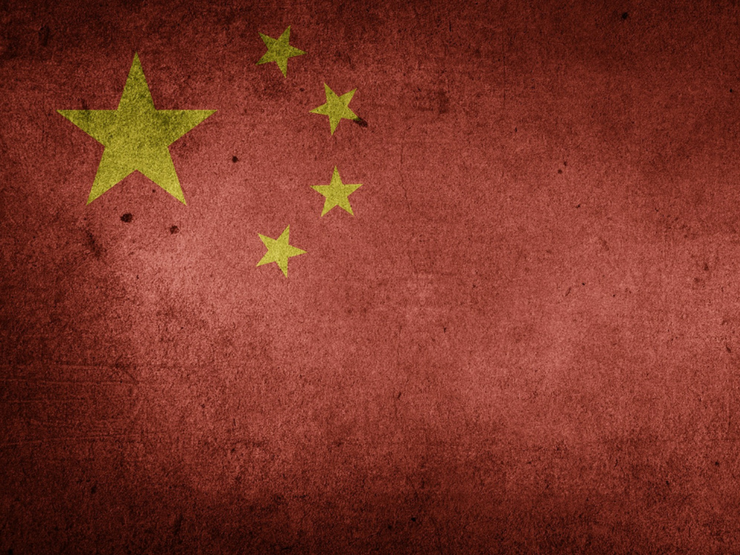Download NAB's latest In Focus Report - Beef Cattle

Report
Belt and Road Initiative – can the reality of the program meet China’s grand ambitions?

For further details, please see the attached document:
© National Australia Bank Limited. ABN 12 004 044 937 AFSL and Australian Credit Licence 230686.